API Management Essentials for Teams

APIs are the connective tissue of modern software. As organizations expose more endpoints to partners, internal teams and third-party developers, effective api management becomes a competitive and operational imperative. This article breaks down practical frameworks, governance guardrails, and monitoring strategies that help teams scale APIs securely and reliably without sacrificing developer velocity.
Overview: What API management solves
API management is the set of practices, tools and processes that enable teams to design, publish, secure, monitor and monetize application programming interfaces. At its core it addresses three recurring challenges: consistent access control, predictable performance, and discoverability for developers. Well-managed APIs reduce friction for consumers, decrease operational incidents, and support governance priorities such as compliance and data protection.
Think of api management as a lifecycle discipline: from design and documentation to runtime enforcement and iterative refinement. Organizations that treat APIs as products—measuring adoption, latency, error rates, and business outcomes—are better positioned to scale integrations without accumulating technical debt.
Governance & Security: Policies that scale
Security and governance are non-negotiable for production APIs. Implement a layered approach:
- Access control: Use token-based authentication (OAuth 2.0, JWT) and centralize identity validation at the gateway to avoid duplicating logic across services.
- Rate limiting & quotas: Protect backend services and control cost by enforcing per-key or per-tenant limits. Different tiers can align with SLAs for partners.
- Input validation & schema contracts: Define explicit contracts using OpenAPI/JSON Schema and validate at the edge to reduce injection and integration errors.
- Audit & compliance: Log authentication events, data access, and configuration changes. Retain logs in a way that maps to regulatory obligations.
Combining automated policy enforcement at an API gateway with a governance framework (ownerable APIs, review gates, and versioning rules) ensures changes are controlled without slowing legitimate feature delivery.
Developer experience & the API product model
Developer experience (DX) determines adoption. Treat APIs as products by providing clear documentation, SDKs and a self-service developer portal. Key practices include:
- Interactive docs: Publish OpenAPI-driven docs that allow developers to try endpoints in a sandbox.
- Onboarding flows: Provide quick start guides, sample payloads and error explanations to reduce time-to-first-call.
- Versioning strategy: Use semantic versioning and deprecation notices to minimize breaking changes.
- Feedback loops: Instrument usage and surface developer issues to product owners so APIs evolve with consumer needs.
Metrics to track DX include signups, first successful call time, and repeat usage per key. These are leading indicators of whether an API is fulfilling its product intent.
Monitoring, observability & reliability
Operational visibility is essential for api management. Implement monitoring at multiple layers—gateway, service, and database—to triangulate causes when issues occur. Core telemetry includes:
- Traffic metrics: requests per second, latency percentiles (p50/p95/p99), and throughput.
- Error rates: HTTP 4xx/5xx breakdowns, client-specific failure patterns, and circuit-breaker triggers.
- Business KPIs: API calls tied to revenue, conversions, or key workflows to prioritize fixes that have impact.
Observability practices—distributed tracing, structured logs, and context propagation—help teams move from alert fatigue to actionable incident response. Build runbooks that map common alerts to remediation steps and owners.
Implementation roadmap & tooling choices
Adopt an incremental roadmap rather than a big-bang rollout. A pragmatic sequence looks like:
- Inventory existing endpoints and annotate owners.
- Standardize contracts with OpenAPI and publish baseline docs.
- Introduce an API gateway for auth, rate limiting, and basic WAF rules.
- Instrument telemetry, set SLAs, and define retention for logs and traces.
- Launch a developer portal and iterate based on usage signals.
Choose tools that match team maturity: managed API platforms accelerate setup for companies lacking infra resources, while open-source gateways provide control for those with specialized needs. Evaluate vendors on extensibility, observability integrations, and policy-as-code support to avoid lock-in.
Build Smarter Crypto Apps & AI Agents with Token Metrics
Token Metrics provides real-time prices, trading signals, and on-chain insights all from one powerful API. Grab a Free API Key
What is API management and why does it matter?
API management encompasses the processes and tools required to publish, secure, monitor, and monetize APIs. It matters because it enables predictable, governed access to services while maintaining developer productivity and operational reliability.
Which components make up an API management stack?
Common components include an API gateway (auth, routing, rate limiting), developer portal (docs, keys), analytics and monitoring systems (metrics, traces), and lifecycle tooling (design, versioning, CI/CD integrations).
How should teams approach API security?
Implement defense-in-depth: centralized authentication, token validation, input schema checks, rate limits, and continuous auditing. Shift security left by validating contracts and scanning specs before deployment.
What metrics are most useful for API health?
Track latency percentiles, error rates, traffic patterns, and consumer-specific usage. Pair operational metrics with business KPIs (e.g., API-driven signups) to prioritize work that affects outcomes.
How do teams manage breaking changes?
Use explicit versioning, deprecation windows, and dual-running strategies where consumers migrate incrementally. Communicate changes via the developer portal and automated notifications tied to API keys.
When should an organization introduce an API gateway?
Introduce a gateway early when multiple consumers, partners, or internal teams rely on APIs. A gateway centralizes cross-cutting concerns and reduces duplicated security and routing logic.
Disclaimer
This article is for educational and informational purposes only. It provides neutral, analytical information about api management practices and tools and does not constitute professional or investment advice.
Create Your Free Token Metrics Account

.png)




%201.svg)
%201.svg)


%201.svg)



.png)




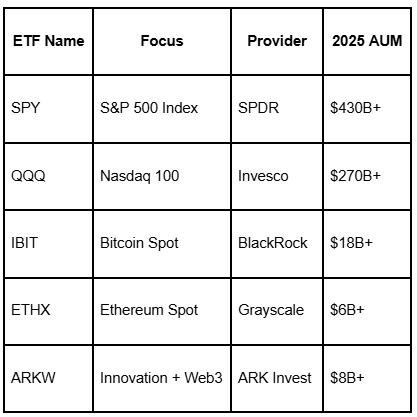
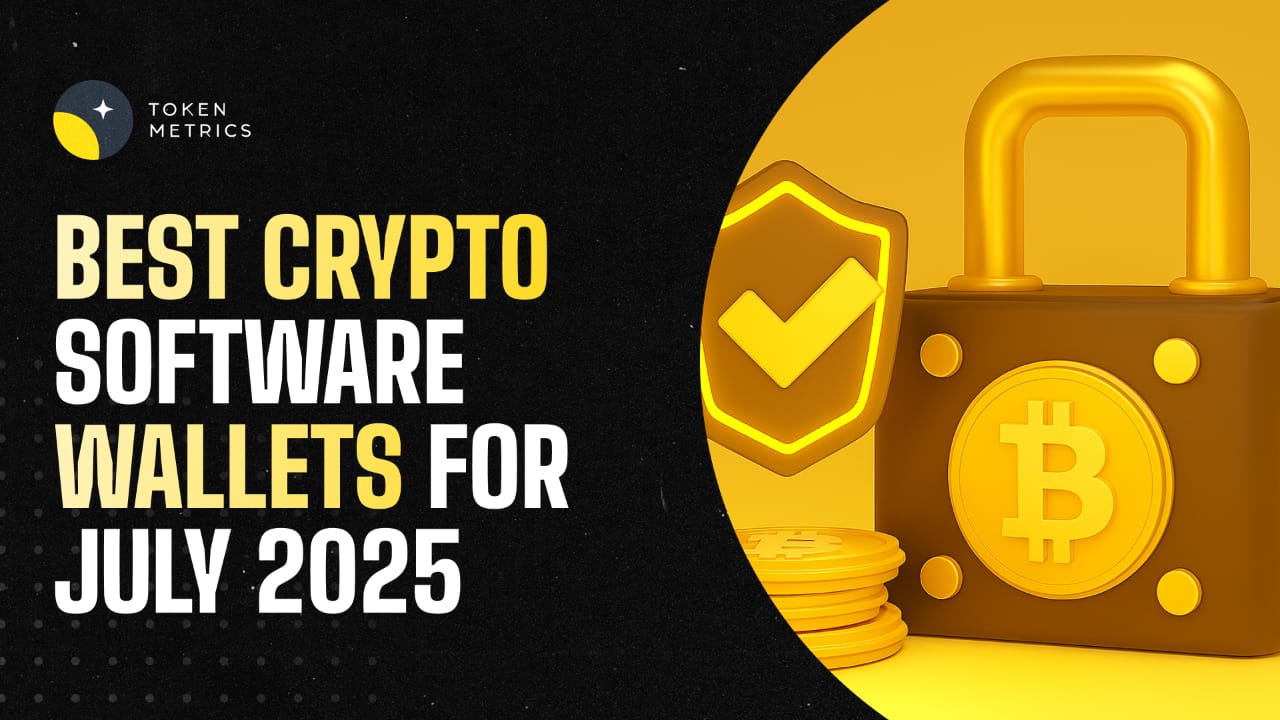



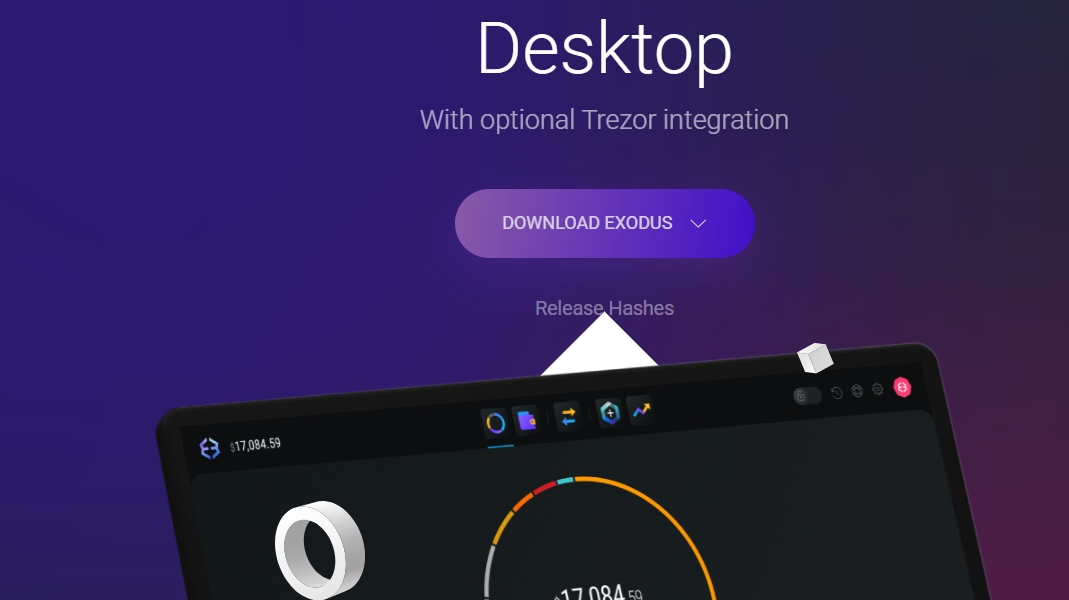
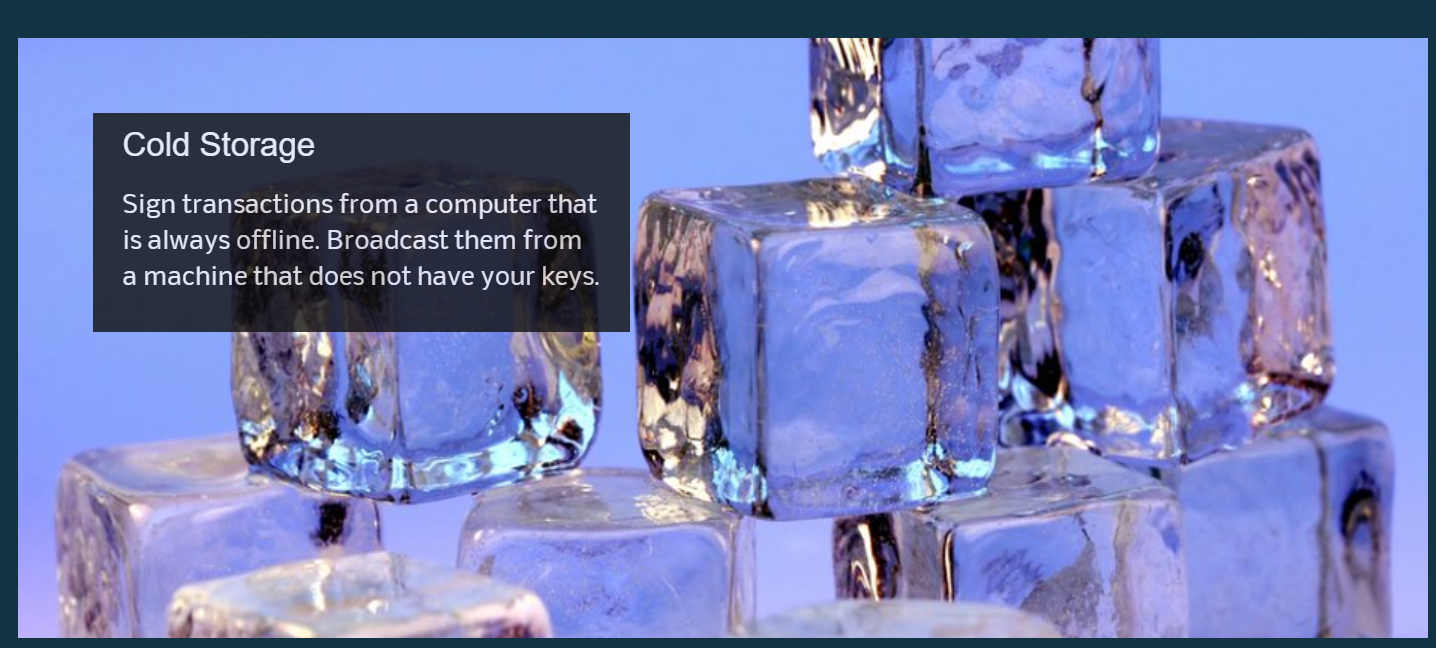


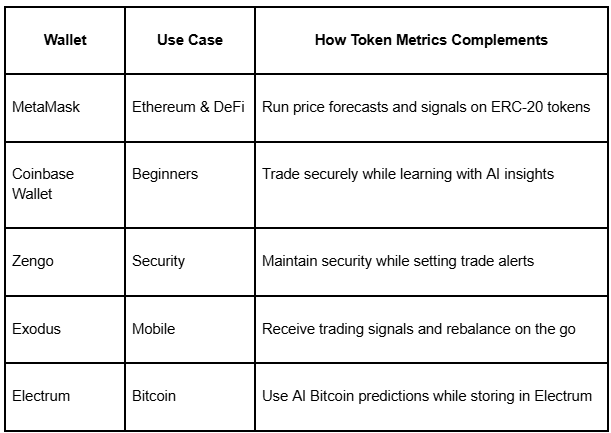
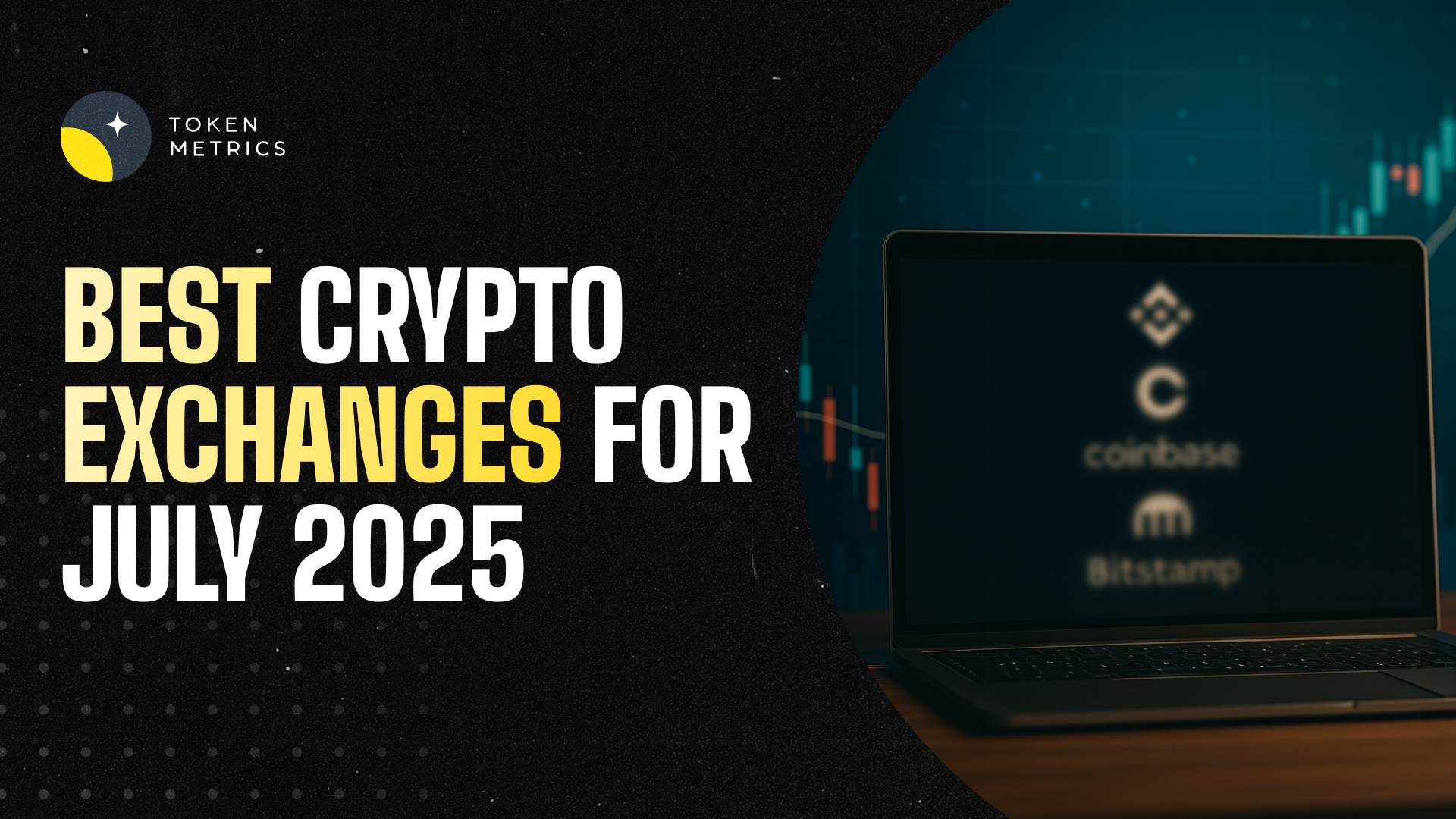
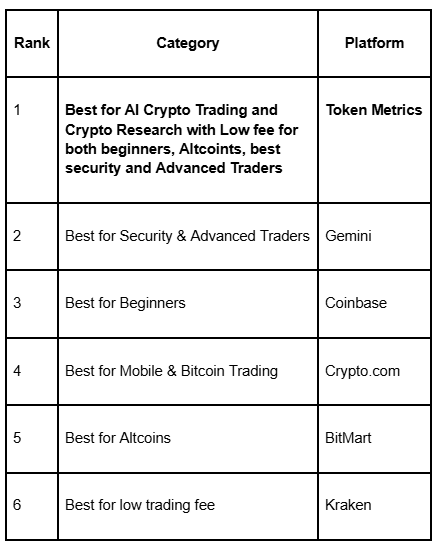




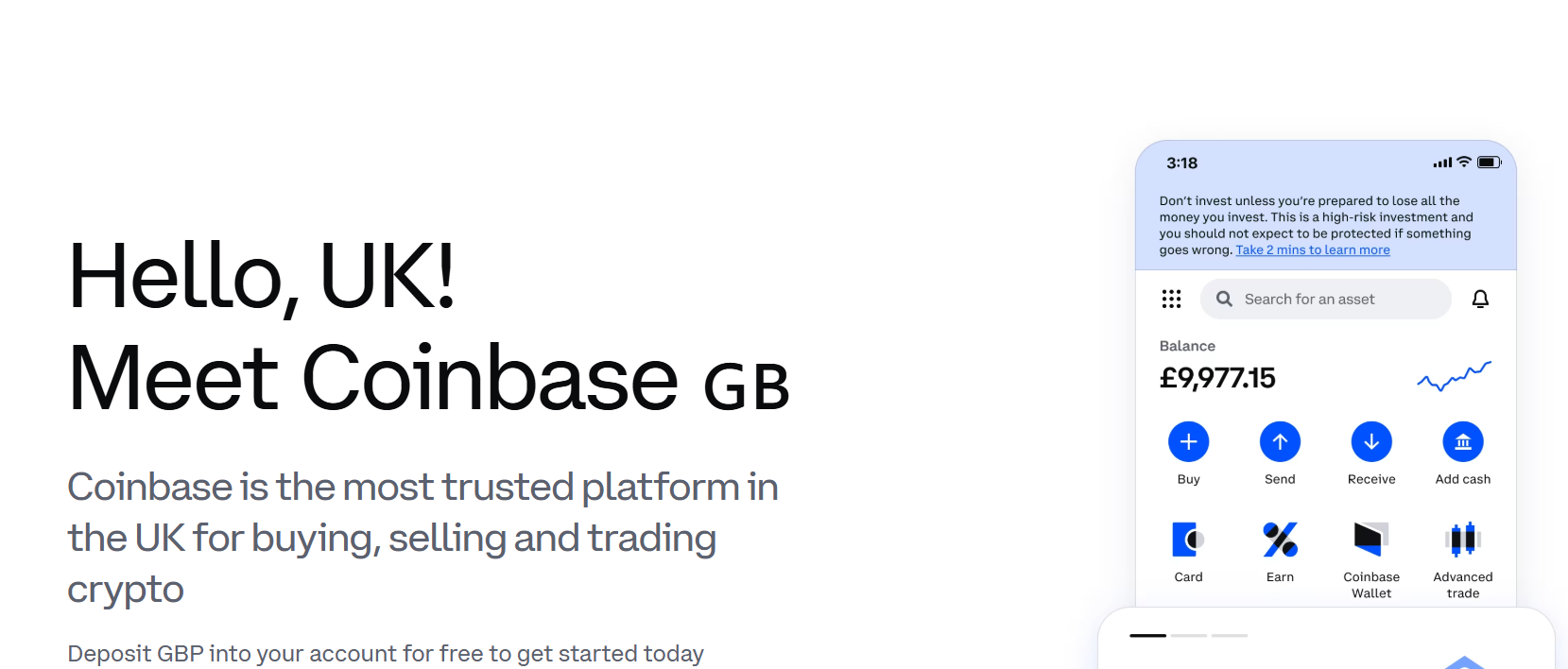
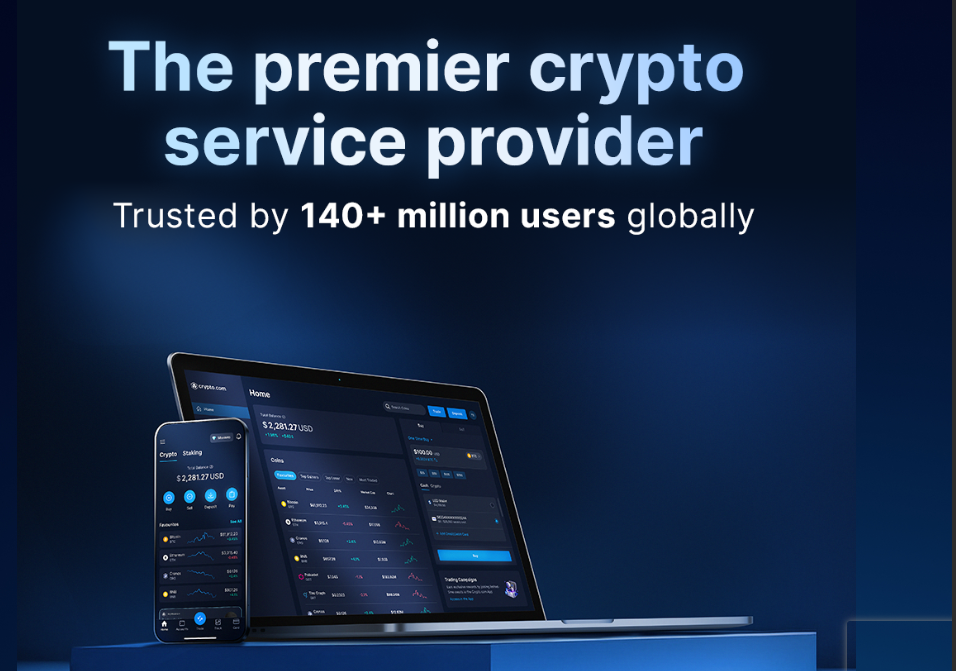
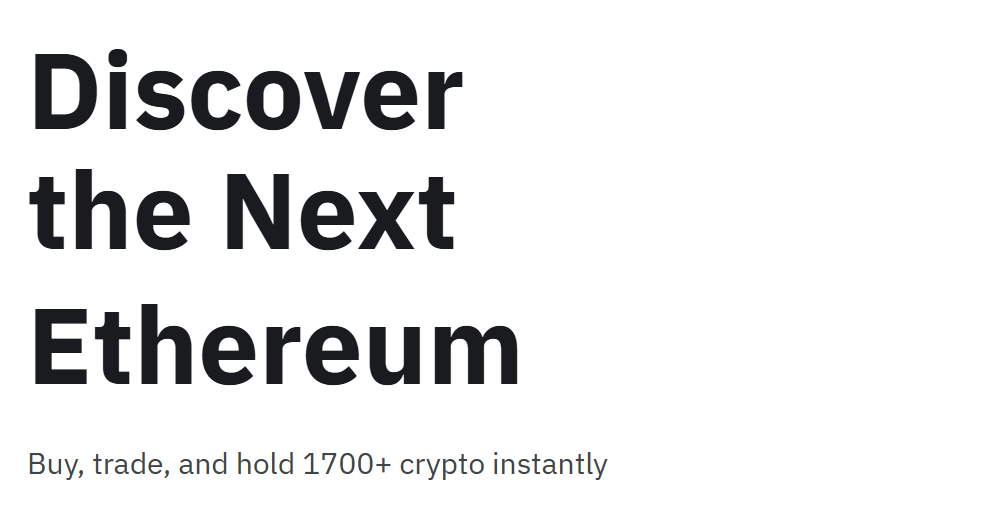
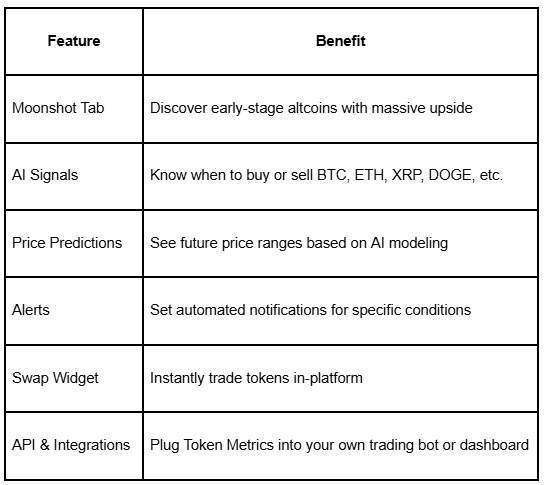




.svg)




.png)